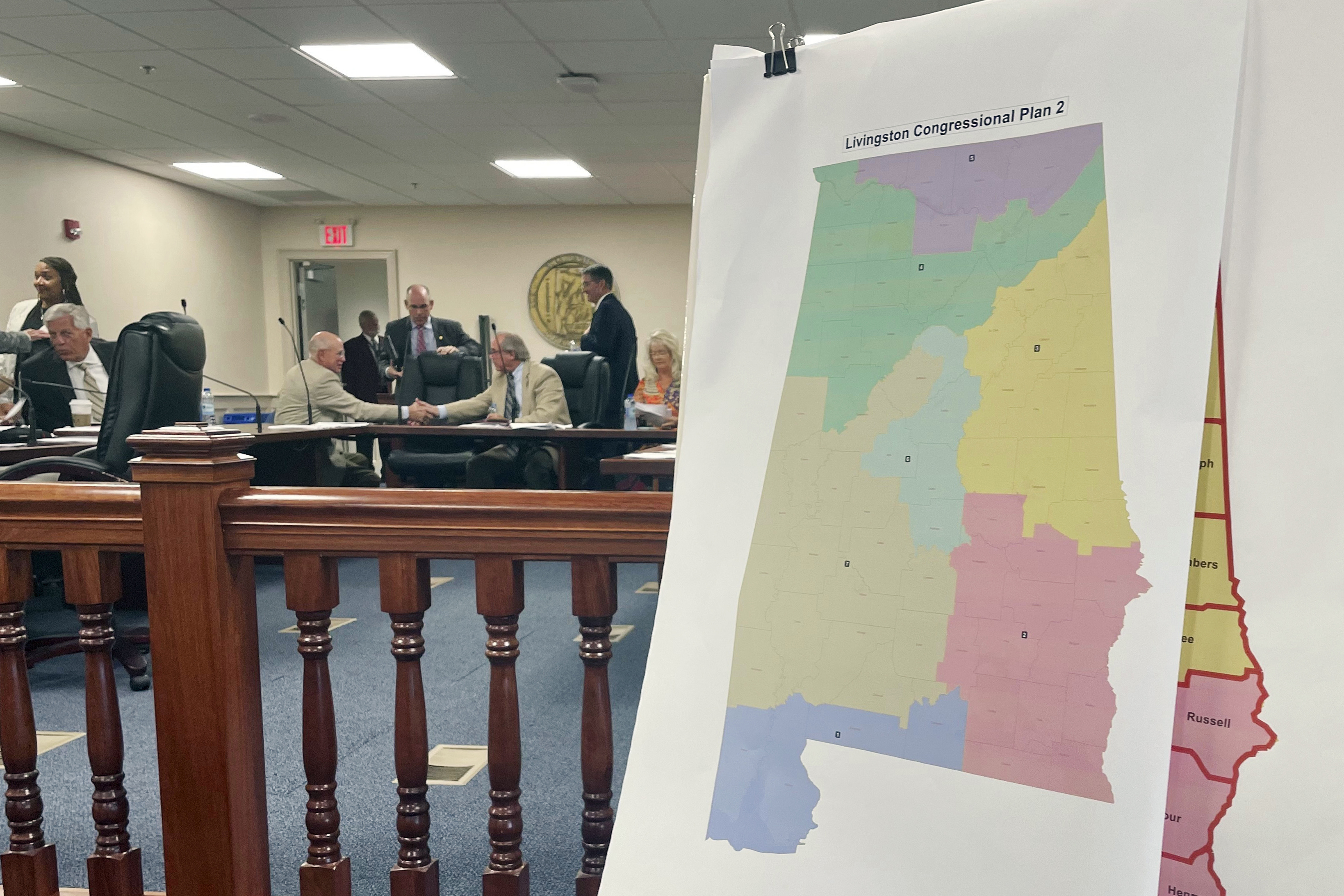The map will likely add a Black — and Democratic — member to the delegation.
A federal court has picked Alabama’s new congressional map, which will likely result in an additional Black — and Democratic — member in the delegation.
The new map came after the same panel of federal judges twice found that lines drawn by the GOP-dominated Legislature likely violated the Voting Rights Act by weakening the power of Black voters. The new lines will be used for at least the 2024 elections, the state’s Republican secretary of state said on Thursday, though Alabama Republicans have vowed to fight them for future cycles.
The map gives greater electoral power to Black residents, who make up about one-quarter of the state’s population. And it will very likely mean Republicans lose one seat in their thin majority, imperiling their already tenuous hold on the lower chamber even before battleground districts come into play.



I have always been partial to placing geometric measure restrictions on district mapping. Things like they “must contain no less than 90% of the proportion of the state population and the number of districts” and “the area between any 2 1 mile long edges of the district must be at least 4 Square miles” or “the borders of a district may contain no more than 6 corners, none of which may have angles greater than 100 degrees or less than 80 degrees.”
Make the Republicans work for it, make it a trip back to math class which we all know they failed.
Geometric rules like that can still cause communities to be unreasonably divided. The decision to avoid “funny” shapes can itself be used as a methodology of cracking and packing. There’s no rule that people spread out evenly and in sensible forms across a state, unfortunately. I remember a model from a textbook I read once where they just had the districts as even slices of a pie chart and showed that merely rotating the starting point could swing an election one way or another, given that communities are not homogeneous.
To put it another way, sometimes you NEED a funny-shaped district to AVOID disenfranchising a community because that community lives in a funny-shaped neighborhood.
The relevant video I always evangelize in the discussion: https://www.youtube.com/watch?v=Lq-Y7crQo44
The belief that there is a “fair”, nonpolitical, algorithmic, or similar objectively-correct method to district is a nice one, but it just can’t be true. Redistricting is an inevitably political process. Any way you cut it, you are picking the voters and distorting the final results.
The best compromise I am aware of, in the US system, is to have a bipartisan or nonpartisan (is there really a difference in a 2-party system?) commission overseeing distracting in an open and transparent process. And even then, all we can do is our best. The hard work of governance. It is not a problem you “solve”, it is one you have to wake up every day and commit to improve steadily.